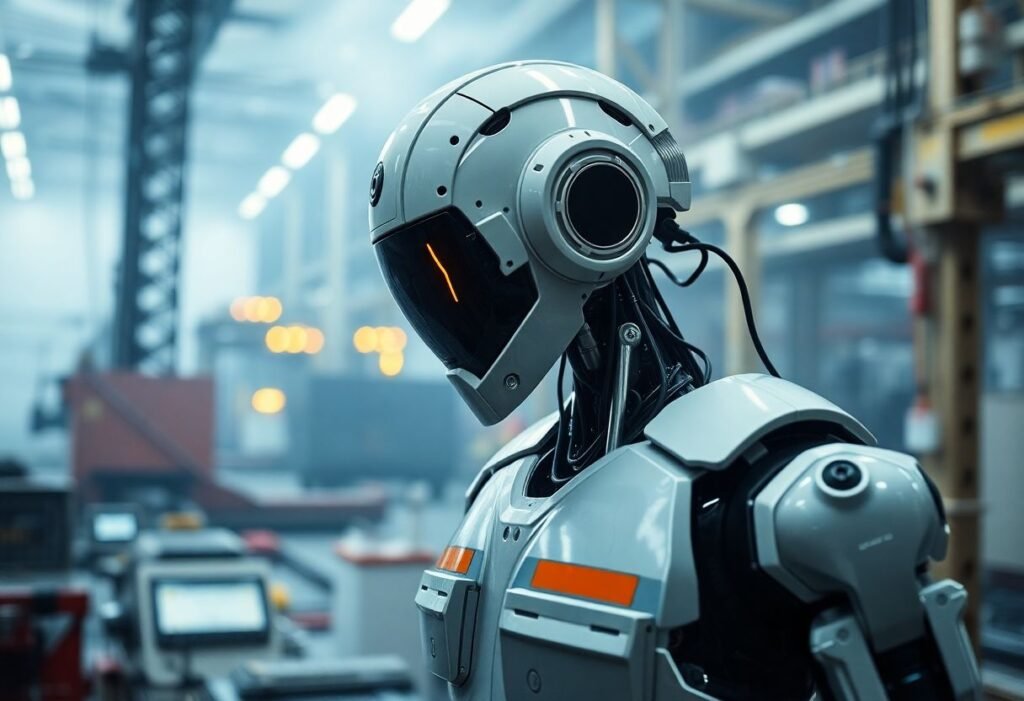Robotics is revolutionizing the way we approach hazardous environments, making workplaces safer and more efficient. As industries seek to minimize risks and enhance safety protocols, innovative robotic solutions are becoming indispensable. This article explores how robotics is improving safety in hazardous environments and the impact of these advancements on various sectors.
The Evolution of Robotics in Hazardous Environments
Robots have come a long way since their inception, evolving from simple machines to complex autonomous systems capable of performing intricate tasks. In hazardous environments, such as chemical plants, mining operations, and disaster zones, the role of robotics is increasingly vital. These advanced machines enable industries to conduct operations with reduced human intervention, thereby preventing accidents and minimizing exposure to dangerous conditions. As technology continues to improve, the integration of intelligent robotics is set to redefine safety standards across numerous sectors.
Enhancing Emergency Response with Robotics
In emergencies, every second counts, and robotics is transforming how responders react to dangerous situations. Drones equipped with cameras and sensors are deployed to assess situations before human intervention. Robots can conduct search and rescue operations in environments unsafe for personnel, such as collapsed buildings or areas ravaged by natural disasters. Their ability to navigate complex terrains and provide real-time data enhances decision-making for emergency services and protects lives.
Robotic Applications in Hazardous Industries
Robotics has found extensive applications in various industries known for hazardous working conditions. In the nuclear sector, for instance, robots are used for inspection and maintenance tasks in environments with high radiation levels. Similarly, in the oil and gas industry, remotely operated vehicles (ROVs) inspect underwater pipelines, mitigating risks associated with human divers. Such implementations not only enhance safety but also increase operational efficiency and reliability in these critical fields.
The Role of Artificial Intelligence in Robotics
Artificial Intelligence (AI) plays a crucial role in the effectiveness of robotic systems in hazardous environments. By leveraging AI technologies, robots can analyze vast amounts of data in real-time, enabling them to make informed decisions autonomously. Machine learning algorithms allow robots to improve their performance over time, adapting to new challenges as they arise. This synergy between AI and robotics ensures optimal safety outcomes in industries where risks are inherent.
Regulatory Frameworks and Standards
The implementation of robotics in hazardous environments is governed by strict regulatory frameworks designed to ensure safety. Organizations such as OSHA (Occupational Safety and Health Administration) in the U.S. provide guidelines for the safe integration of robots in workplaces. Companies must comply with these regulations to minimize risks associated with robotics operations. As robotics technology advances, continuous updates to these standards are crucial in addressing emerging challenges and capabilities.
The Future of Robotics in Safety Innovation
The future holds immense potential for robotics in enhancing safety within hazardous environments. With the rapid advancements in technology, we can anticipate the emergence of even more sophisticated robotic solutions capable of tackling complex challenges. As industries increasingly adopt these innovations, robotics will play an essential role in shaping a safer future, fostering a culture of safety that prioritizes the well-being of workers and the environment.
Disclaimer: The information provided in this article is for informational purposes only. Always consult a professional in the field for advice on safety protocols and applications of robotics in hazardous environments.





















